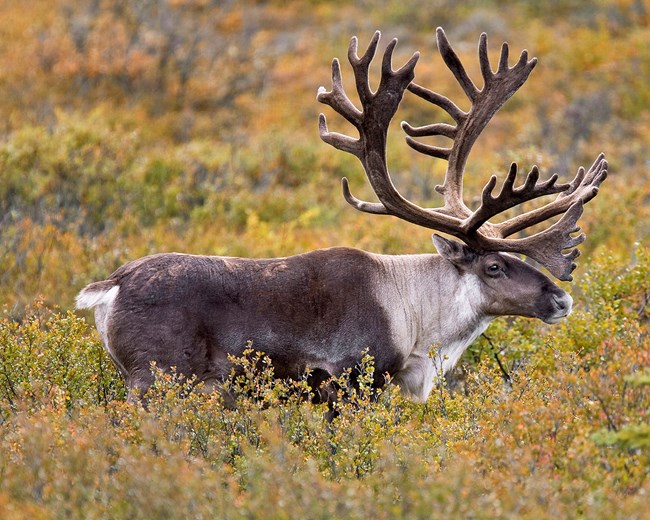Bactrian Camel
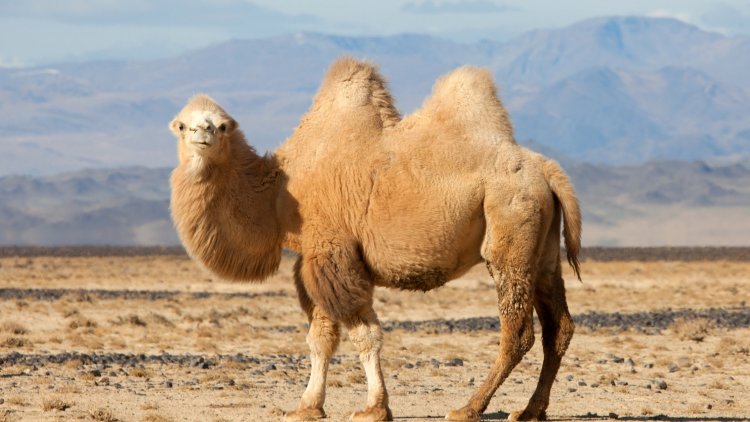
We already know about the one-thumped camels that are used for transportation in the Middle East. But did you know that present camel came into existence after the evolution from these two-humped camels? But they haven’t vanished from the face of the earth and could be spotted roaming around in the wilds of the Gobi Desert in Mongolia. But how did the evolution take place?
They Evolved
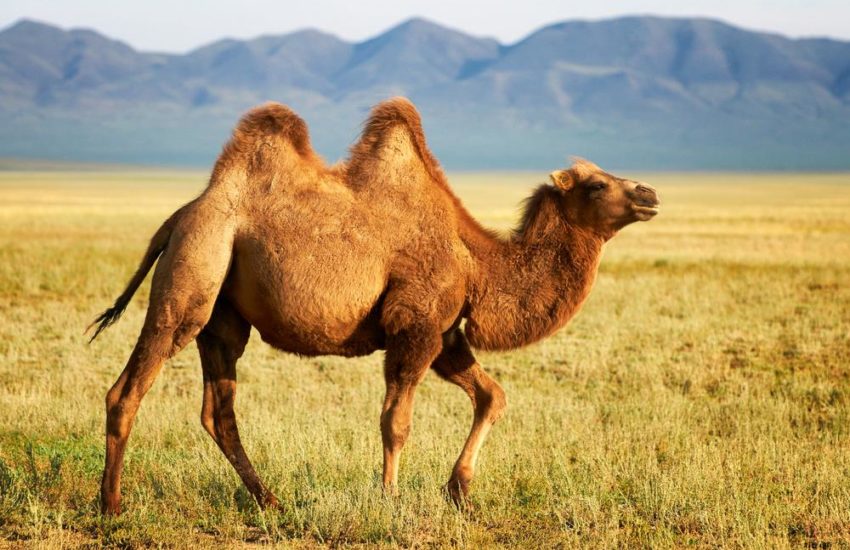
Bactrian camels which look like a mix between Chewbacca and llama which then evolved in the extreme temperatures below 0°F and above 100°F some two million years ago. Just like the one-humped camel Bactrian camels also use their two humps to store fat, which then breaks down into energy and water which helps them to survive during a dry spell season. This ancient creature is currently critically endangered with some less than 1,000 left, according to IUCN. Every year an annual Thousand Camels Festival is held in March in Umnugovi, Mongolia which showcases this amazing ancient creature in front of the tourists that visit the event.
Echidnas
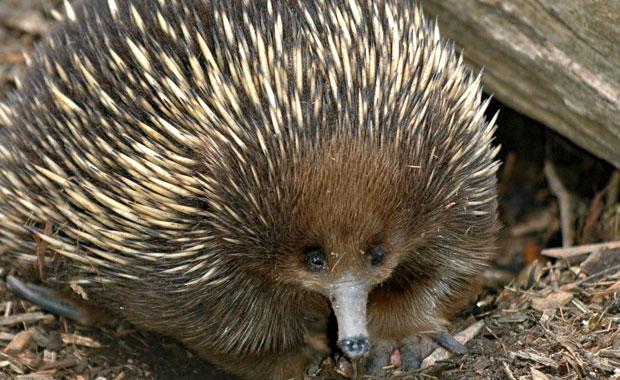
Echidnas look like a cross between a badger, a porcupine, and an anteater. They are a monotreme. A monotreme is a primitive mammal that lays eggs instead of giving birth. They are very difficult to find because of their nocturnal nature and reserved living nature. Even though they have been living here for over 17 million years, several species of echidna have been declared highly endangered. But you can still see them even after 17 million years. Where? Keep reading because we haven’t reached to the most astonishing pre-historic creature which is still alive.
Spot An Echidna
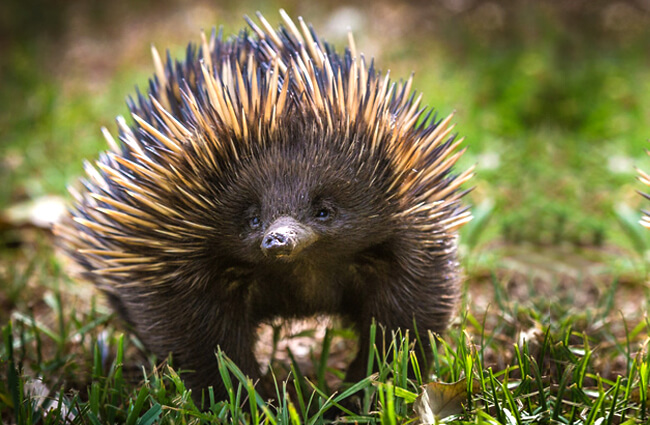
If you really wish to spot this cute little introvert monotreme thEn your best chance is to visit one of the many zoos that are built in New Zealand, Tasmania, and Australia. They can be found in good numbers at the Bonorong Wildlife Sanctuary in Hobart, Tasmania, the Australia Zoo in Queensland, and the Taronga Zoo in Sydney.
Musk Oxen
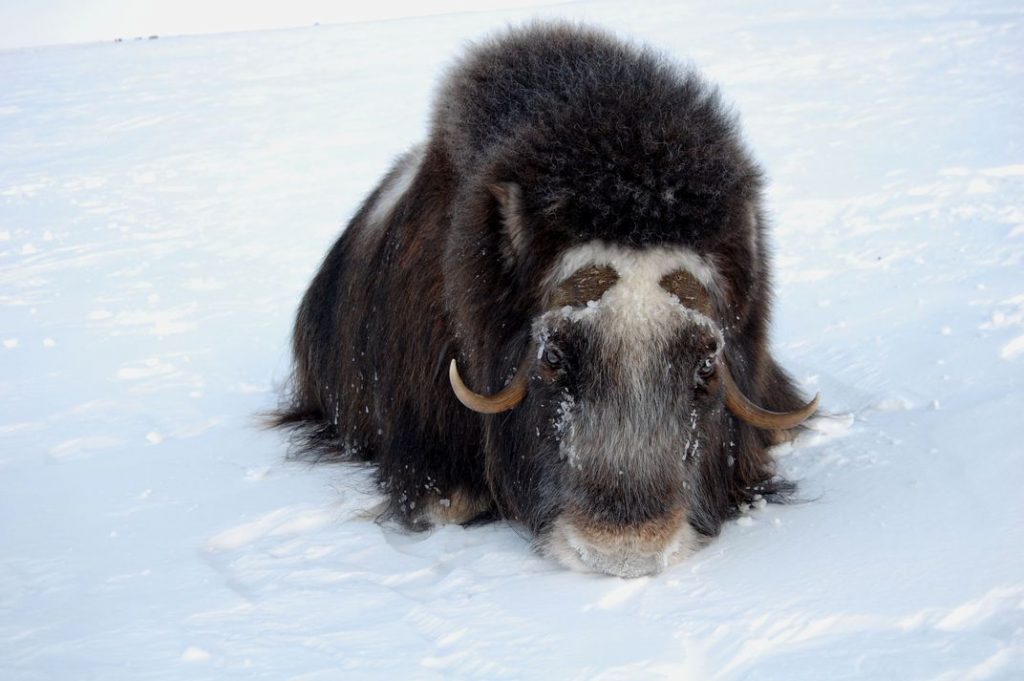
During the fall rutting season watching a Musk Ox could be delightful. During this period of time, male musk oxen fight for the control of harems. The fight is so powerful that when they bash their heads with each other the reaction force can shake the ground which could be felt from a long distance. They are really very old species who have been living on this plane for over 187,000 years. In the 1800s, this species was extirpated from Alaska, but again in 1930s, they were reintroduced to the world as their population saw a spike. At present, there are over thousands of musk oxen roaming in Alaska. But due to external interference, their population have been declining. What is the reason behind that?
Reason For Decline
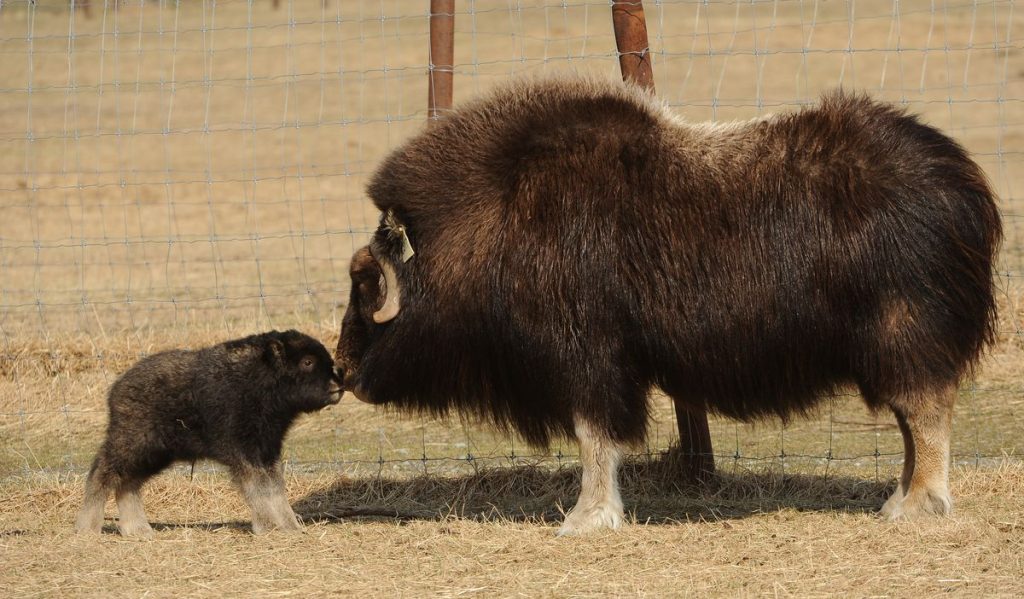
It is not that easy to spot musk oxen in the wild, but if you really want to see one then Nome located in Alaska is the best place to visit. There you can easily spot a few musk oxen wandering near the small tundra town. Nome is also famous for Iditarod dogsled race, which is held every year in early-to-mid-march. And if you are planning to visit then make sure you check out the famous wool qiviut, which is known as the warmest wool in the world and is even rarer than cashmere.
